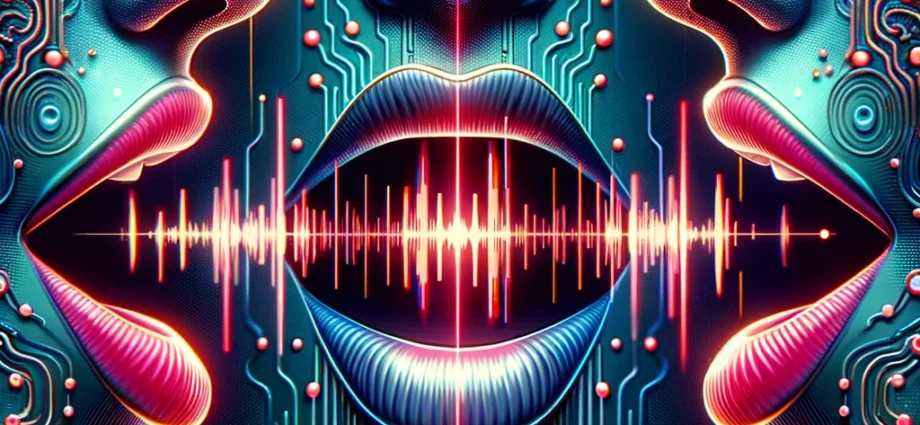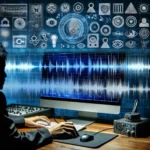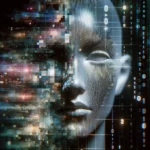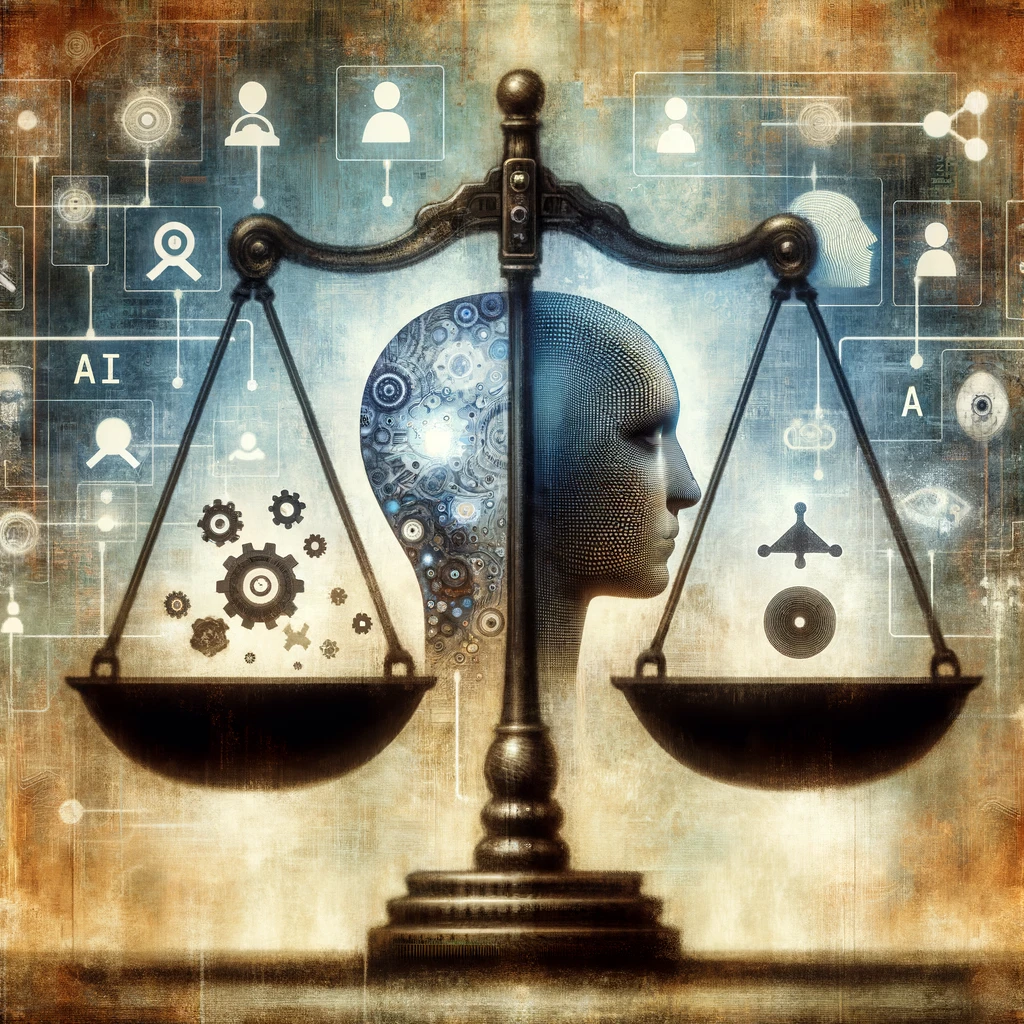Key Points
- The rapid advancement of AI audio generation technologies has escalated the issue of fake and misleading content from a theoretical concern to a pressing reality.
- Detection tools for AI-generated audio are struggling to keep pace with AI innovations, raising challenges for authenticity verification.
- Deepfake detection relies on identifying audio artifacts and peculiarities, but this method falls short against the evolving sophistication of AI-generated voices.
- Companies and researchers are exploring AI-driven detection methods, yet the dynamic nature of AI development outpaces the effectiveness of current solutions.
- Regulatory efforts, such as watermarking AI-generated media, are underway but lag behind the fast-moving AI industry.
The emergence of AI-generated audio has introduced a new frontier in the dissemination of fake and misleading content, transforming a once-theoretical threat into a startling reality. With technologies capable of producing convincingly real audio recordings becoming increasingly accessible, the challenge of discerning real from fake has intensified. This challenge is compounded by the swift pace of AI innovation, rendering existing detection tools and methodologies less effective.
Detection efforts face inherent limitations, as traditional deepfake detection systems rely on analyzing audio for specific artifacts—a method that is quickly outpaced by new AI-generated audio techniques. Despite these challenges, companies like Reality Defender are at the forefront of using AI to fight AI, aiming to train their algorithms to recognize both genuine and AI-generated content. However, the complexity of human speech, varying across dialects, regions, and individual characteristics, adds another layer of difficulty to the detection process.
The disparity in resources between entities creating deepfakes and those dedicated to detecting them further exacerbates the issue. Detection tools, often hampered by outdated data and a lack of comprehensive benchmarks, struggle to keep up with the continuous evolution of AI-generated audio. Regulatory measures, such as the proposed watermarking of AI-produced media, offer a potential path forward, yet their implementation and effectiveness remain to be seen.
In the battle against AI-generated audio deception, a multifaceted approach that includes technological solutions, regulatory frameworks, and public awareness is essential. While current detection methods offer a starting point, the rapid advancement of AI necessitates continuous innovation and collaboration to safeguard authenticity in the digital age.
Source: Why AI-generated audio is so hard to detect
Keep up to date on the latest AI news and tools by subscribing to our weekly newsletter, or following up on Twitter and Facebook.







